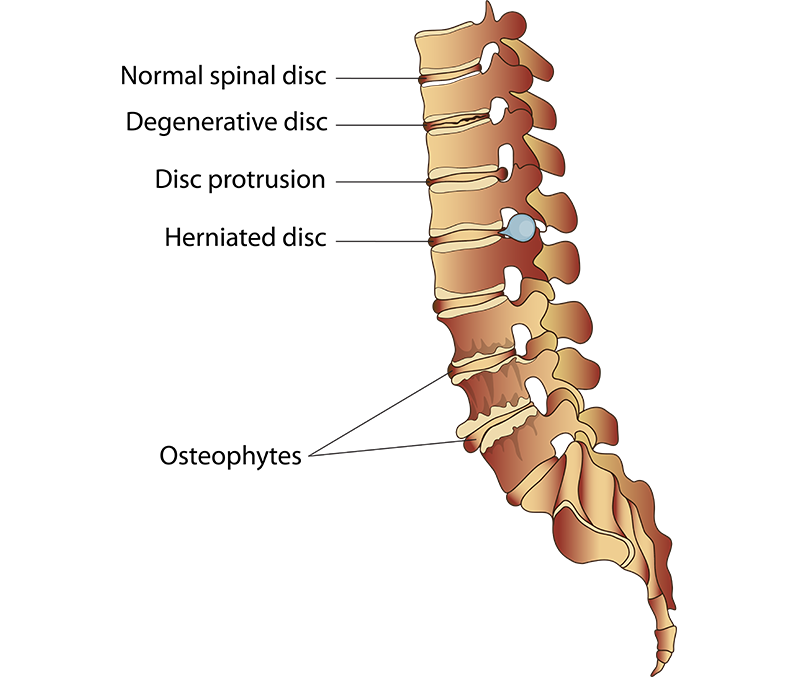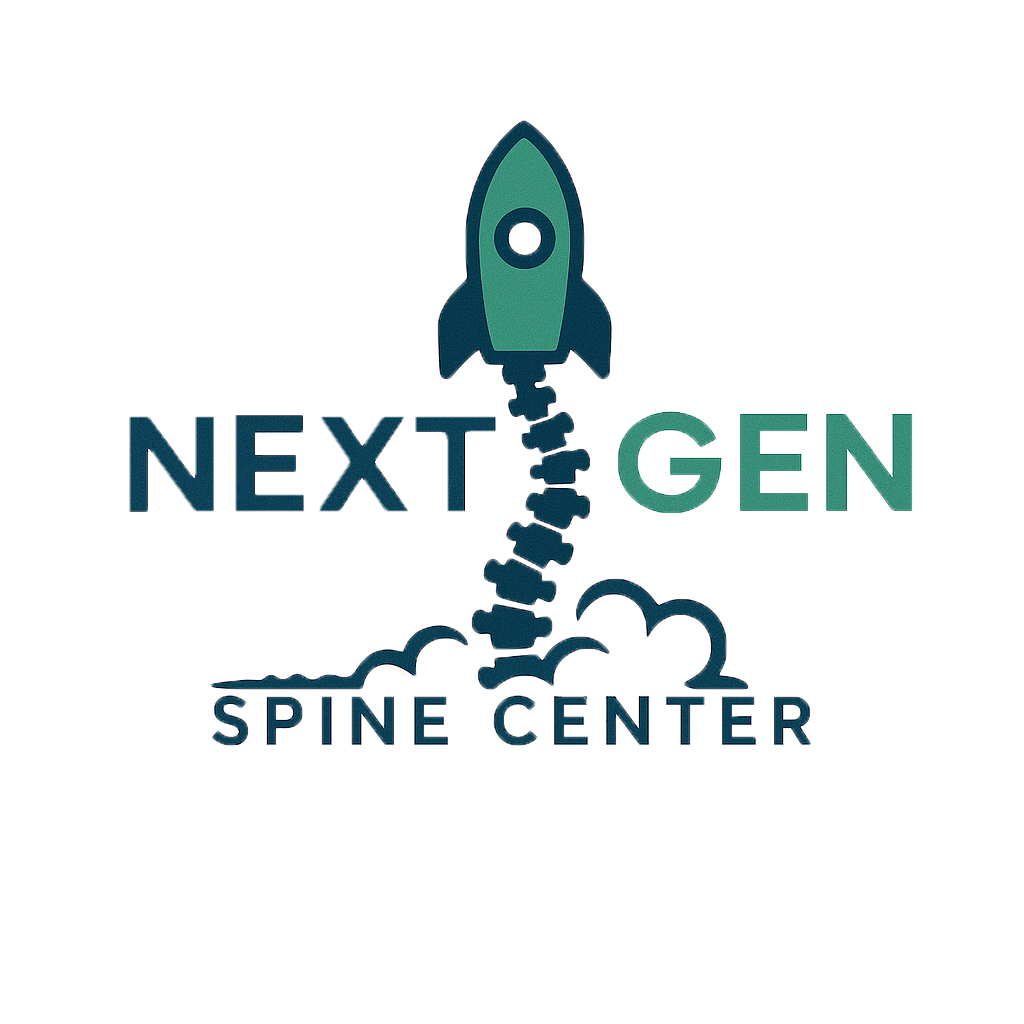Degenerative Disc Disease
Degenerative Disc Disease (DDD) is a condition that occurs when the intervertebral discs—soft cushions between the bones of your spine—begin to wear down over time. Despite the name, it’s not actually a disease, but rather a natural part of aging for many people. However, for some, it can cause chronic back or neck pain, stiffness, and reduced mobility.
As discs lose hydration and flexibility, they may no longer provide adequate support or shock absorption. This can lead to discomfort, inflammation, and in some cases, nerve compression. DDD most commonly affects the cervical (neck) and lumbar (lower back) regions of the spine.
At NextGen Spine Center, Dr. Wolff offers advanced, minimally invasive treatments that relieve pain without relying on spinal fusion. Our goal is to restore function and improve quality of life through targeted, personalized care.

WHAT IS DEGENERATIVE DISC DISEASE?
Degenerative Disc Disease (DDD) is a condition where the intervertebral discs of the spine
gradually lose hydration and wear down over time. This degeneration can lead to pain,
reduced flexibility, and, in some cases, nerve compression. Despite its name, DDD is not
truly a disease but rather an age-related change that can cause symptoms in some
individuals.
Types of Degenerative Disc Disease
Cervical Degenerative Disc Disease: Affects discs in the neck region, causing neck pain and
possible radiating symptoms into the arms.
Thoracic Degenerative Disc Disease: Involves discs in the mid-back. Less common but can
cause back pain and stiffness.
Lumbar Degenerative Disc Disease: Most frequent type; affects the lower back and may
cause sciatica symptoms if nerves are compressed.
Causes
DDD usually develops due to a combination of factors:
Age-related disc dehydration and breakdown
Repetitive stress and overuse
Spinal injuries or trauma
Genetic predisposition to disc degeneration
Smoking, which reduces blood flow to the discs
Symptoms
Symptoms vary depending on the location and severity of degeneration:
Chronic back or neck pain
Pain that worsens with bending, twisting, or sitting
Pain that improves when walking or changing positions
Numbness or tingling in the extremities if nerves are affected
Muscle weakness
Diagnosis
Diagnosis often includes:
Medical history review and physical examination
X-rays to assess disc space narrowing and bone changes
MRI to visualize disc degeneration and nerve compression
CT scans or discography in certain cases
Conservative Treatment
Many individuals improve without surgery. Conservative treatments include:
Nonsteroidal Anti-Inflammatory Drugs (NSAIDs) for pain relief
Physical therapy to strengthen supporting muscles and improve flexibility
Activity modification and ergonomic adjustments
Heat and cold therapy
Epidural steroid injections to reduce inflammation
Surgical Treatment
Surgery may be an option if conservative treatments fail to relieve symptoms:
Discectomy: Removal of damaged disc portions causing nerve pressure
Spinal Fusion: Fusing vertebrae to stabilize the spine
Artificial Disc Replacement: Replacing the degenerated disc with an artificial implant
Frequently Asked Questions
Q: Is Degenerative Disc Disease preventable?
A: While aging-related changes cannot be fully prevented, staying active, avoiding smoking, and maintaining good posture can help slow degeneration.
Q: Does DDD always cause pain?
A: No. Many people have disc degeneration visible on imaging without symptoms.
Q: How long does recovery take?
A: Recovery depends on severity and treatment but often improves within weeks to months with conservative care.
Q: Is surgery always necessary?
A: No. Most patients improve without surgery.
Visit the NextGen Spine Center YouTube Channel For more videos
